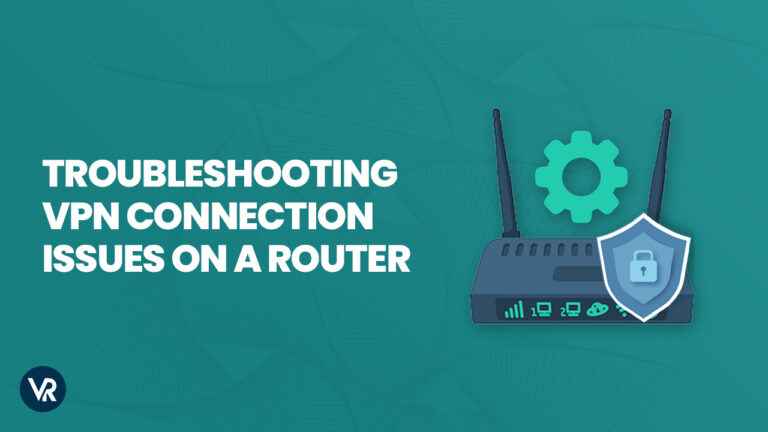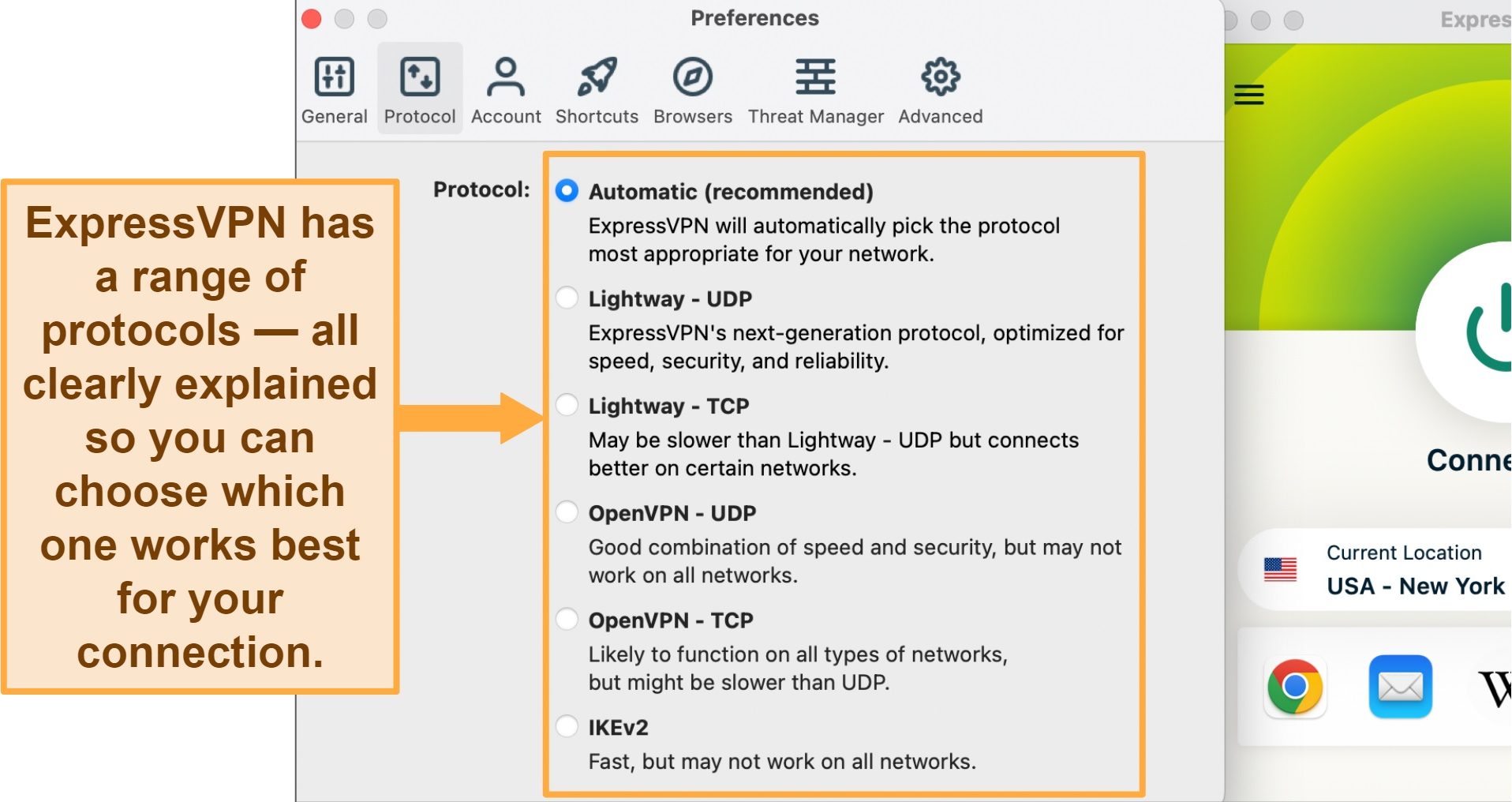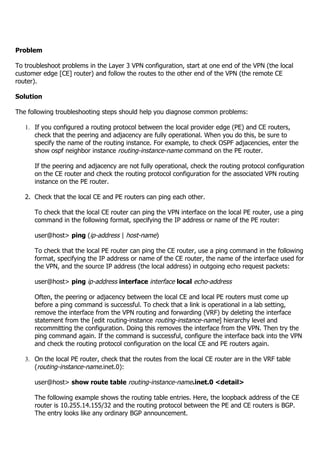Featured
Table of Contents
Why Your Vpn Keeps Disconnecting And How To Prevent It

The Routing and Remote Access snap-in lives within the Microsoft Management Console, called the MMC. There are several methods to access the MMC. You can pick the console from the Start menu's Programs options, within the Administrative Tools folder within Windows server's Control board or by typing mmc at a command prompt.
As Tech, Republic's Brandon Vigliarolo demonstrates within his video at the start of this post, the Solutions console shows the status of the Routing and Remote Access entry. From within the Providers console and with the Routing and Remote Gain access to entry highlighted, you can click Start the Service or right-click the entry and choose Restart.
Often the VPN customer and VPN server are set to utilizing various authentication approaches. Validate whether an authentication error is the issue by opening the server console. Yet another method of accessing the MMC is to type Control+R to open a command timely in which you can type mmc and struck Get in or click OK.
If the entry isn't present, click File, choose Add/Remove Snap-in, choose the Routing and Remote Gain access to option from the options and click Add, then OK. With the Routing and Remote Access snap-in added, right-click on the VPN server and click Residences. Evaluate the Security tab to validate the authentication approach.
Secure Ssl Vpn - Troubleshooting Guide
Ensure the VPN customer is set to the authentication method specified within the Security tab. Usually the products just evaluated are accountable for the majority of VPN connection rejection errors. Other principles should be appropriate, too. For instance, if the Windows Server hosting the VPN hasn't joined the Windows domain, the server will be unable to confirm logins.
IP addresses are another essential component for which administration should be effectively set. Each Web-based VPN connection usually utilizes 2 different IP addresses for the VPN client computer. The very first IP address is the one that was assigned by the client's ISP. This is the IP address that's used to develop the preliminary TCP/IP connection to the VPN server online.

This IP address generally possesses the same subnet as the regional network and thus enables the client to interact with the local network. When you set up the VPN server, you should set up a DHCP server to appoint addresses to customers, or you can create a bank of IP addresses to assign to customers straight from the VPN server.


If this option is selected and the efficient remote gain access to policy is set to allow remote gain access to, the user will have the ability to connect to the VPN. I have actually been unable to re-create the scenario personally, I have actually heard rumors that a bug exists in older Windows servers that can trigger the connection to be accepted even if the reliable remote gain access to policy is set to deny a user's connection.
Common Issues · Cloudflare Zero Trust Docs

Another common VPN issue is that a connection is successfully developed but the remote user is not able to access the network beyond the VPN server. By far, the most typical reason for this problem is that authorization hasn't been given for the user to access the entire network. To allow a user to access the whole network, go to the Routing and Remote Gain access to console and right-click on the VPN server that's having the issue.
At the top of the IP tab is an Enable IP Routing check box. If this check box is made it possible for, VPN users will have the ability to access the rest of the network, presuming network firewalls and security-as-a-service settings permit. If the checkbox is not selected, these users will be able to gain access to just the VPN server, however nothing beyond.
For instance, if a user is dialing straight into the VPN server, it's normally best to configure a static route in between the client and the server. You can configure a static path by going to the Dial In tab of the user's homes sheet in Active Directory Users and Computers and choosing the Apply A Fixed Path check box.
Click the Include Route button and then get in the location IP address and network mask in the area supplied. The metric ought to be left at 1. If you're using a DHCP server to assign IP addresses to clients, there are a couple of other problems that could cause users not to be able to go beyond the VPN server.
Check Vpn (Virtual Private Network) And Third-party ...
If the DHCP server designates the user an IP address that is already in use in other places on the network, Windows will detect the dispute and avoid the user from accessing the remainder of the network. Another common problem is the user not receiving an address at all. The majority of the time, if the DHCP server can't appoint the user an IP address, the connection will not make it this far.
254.x. x variety. If the client is designated an address in a range that's not present within the system's routing tables, the user will be not able to browse the network beyond the VPN server. Other issues can contribute to this issue, too. Guarantee the resources the user is trying to gain access to are actually on the network to which the user is linking.
A VPN connection to the other subnet might, in reality, be needed. A firewall or security as a service option could likewise be to blame, so do not forget to review those services' settings, if such elements exist between the VPN server and the resources the user seeks to reach.
The first possibility is that one or more of the routers involved is performing IP packet filtering. I suggest inspecting the customer, the server and any devices in between for IP packet filters.
Latest Posts
Best Vpn Services 2023 — Today's Top Picks
Best Vpns For Small Business In 2023
Vpn Connectivity And Troubleshooting Guide